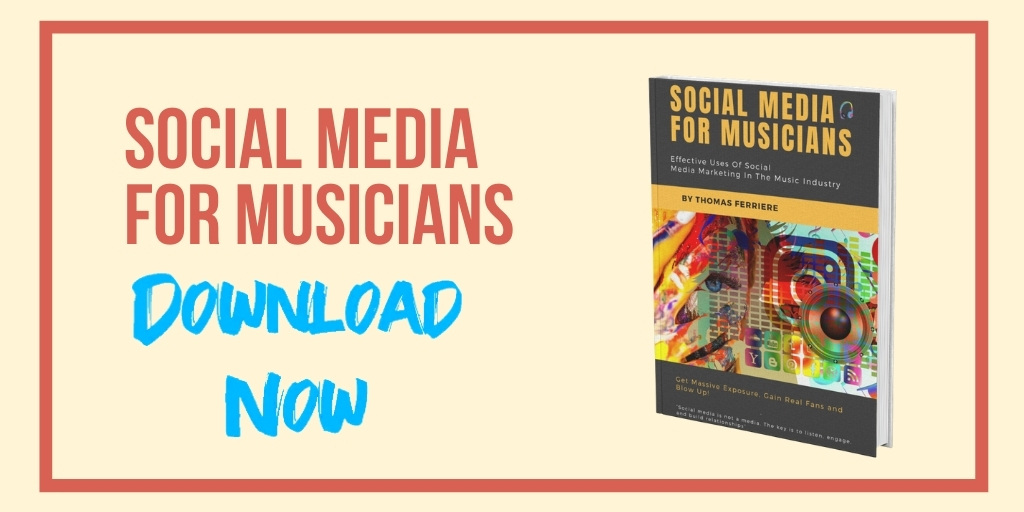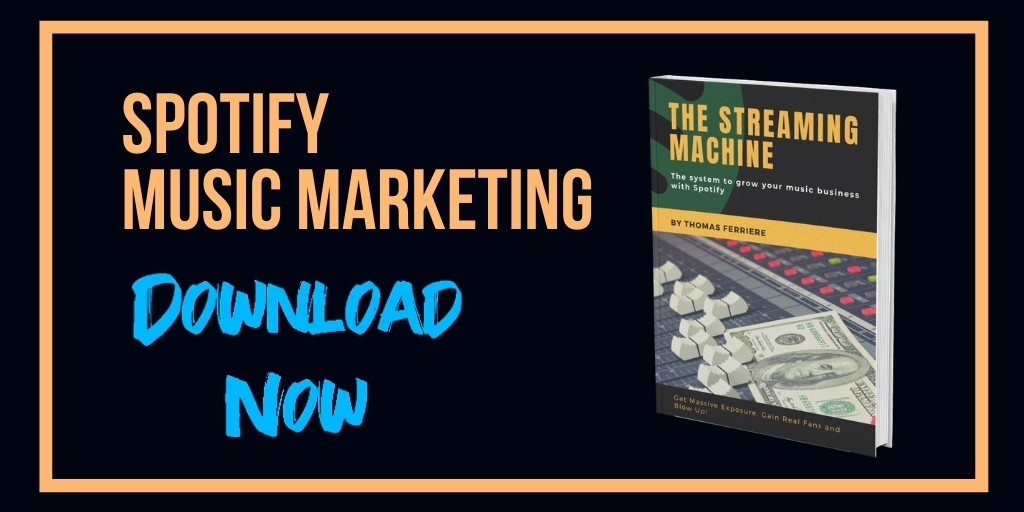
Whether or not you’re a Musical Rebel Without a Cause, when it comes to something as important to your career as branding, you need to be a Man (or Woman) with a Plan.
These tips for aspiring indie artists can help you do just that.
1. Determine Your Artist Brand
Before you get down to the ABCs of Analytics, Business, and Contacts, you need to nail down an even more important existential question – who are you as an artist, anyway? Sugary pop stars, brooding jazz musicians, and experimental indie players all attract different audiences.
SEO-friendliness and search efficiency are the game’s name in online music marketing.
Distilling your identity into genres and easy search terms can make it easier for those interested in music like yours to find, listen to, and hopefully download and buy it. Ensure that your brand’s style, iconography, fonts, and other aesthetic emblems are consistent.
Embrace the word “brand.” It may initially offend your artistic sensibilities, but in today’s online age, “branding” can be the indie equivalent of your artistic “signature.” This is how people will identify you as “you” artistically. When figuring out the best way to sell music online, you need to ensure that you have a consistent musical and aesthetic style.
2. Establish an Online Presence
However, you first need to establish a solid online presence to sell music online. That means setting up social media accounts on Facebook, Twitter, Instagram, YouTube, and other major platforms and music-specific sites such as Spotify and SoundCloud.
To break free of the music business and make it on your own as an indie artist, however, you need to ensure that your online presence and the fiscal side of your work complement each other. For example, if you’re posting a picture of yourself working or a slice of life content, you might include a link to your main website, online store, and all. If you’re posting a song, you’ll want to include a link to Spotify, SoundCloud, iTunes, or other services that carry your music.
That way, if viewers and followers like what they see and hear, they can engage with even more of your content and perhaps even download and pay for it all the easier.
Make no mistake, that ease is key. In this social media-driven, media-saturated age, attention spans are shorter than ever. A hard or convoluted buying process may put some prospective buyers off. The easier you make it for people to access your music and links to downloads, the more likely they are to do so and pay you in the process.
They get a more pleasant user experience, and you get more conversions for your work – it’s a win-win.
3. Set up Payment Methods
The great artists of the past were often supported by patrons. Many of today’s YouTube stars are paid by Patreon, and the same goes for indie musicians. Allowing people to directly contribute to your work financially also allows you to more easily take commissions, be paid for gigs, and give you another potential revenue stream.
In fact, diversifying your revenue streams by setting up multiple methods of getting paid is one of the most important steps you can take. To remain an “indie” artist, you have to remain financially and artistically “independent.” Instead of some fat cats in the music business signing checks, monetizing your YouTube videos, putting out songs on Spotify and Soundcloud, setting up a Patreon, and selling merchandise online can help you retain that independence.
4. Constancy Is Key
One of the great mortal sins in online entertainment is languishing and falling behind trends. Again, attention spans are shorter today, and you don’t want people to forget about you. Therefore, you must do everything necessary to ensure that you stay on your fans’ minds.
As such, posting once or twice a week simply won’t cut it. Even posting once a day is too little. You should post at least a few times throughout the day, with fresh content each time.
Setting up themes for different days or times of day (i.e., “Throwback Thursday” posts of old videos and photos, and mixing “polished” songs with rawer, more “slice of life” content from your daily routine) along with announcements can help fill out your upload schedule.
5. Consider Online Concerts
One reason a YouTube channel is especially important for musicians is that it obviously opens the door to the possibility of you uploading content. However, with COVID silencing mass concerts for the immediate future, streamed concerts on YouTube have also become a popular alternative.
Even if you don’t directly monetize these, they can still be lucrative. Posting links to your website, Spotify, and other accounts, direct links to particular songs you’ll feature in your set, or even extra merchandise such as shirts can make it easier for fans to listen and support you.
Check out different platforms’ livestream options, since many offer different ways to monetize this emerging form of performing. For example, YouTube offers Superchat, where people can donate while watching, while both it and other sites allow advertisers to advertise on live streams, giving you yet another potential revenue stream.
Between quarantine restrictions and all the strife in the world today, people are looking for an escape as much as ever. That’s part of the joy of being a musician, being able to give people that respite – which is why you deserve a reprieve from financial worries as well.
These tips can help do just that and put you in a good position to monetize your music to get the payday you deserve.

